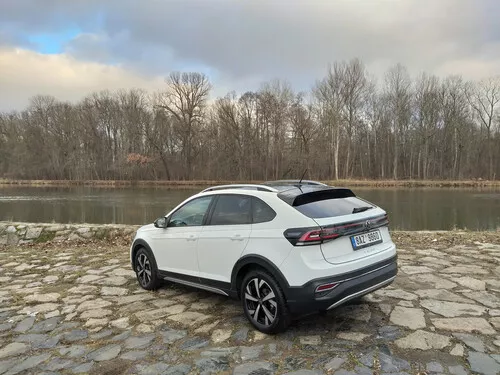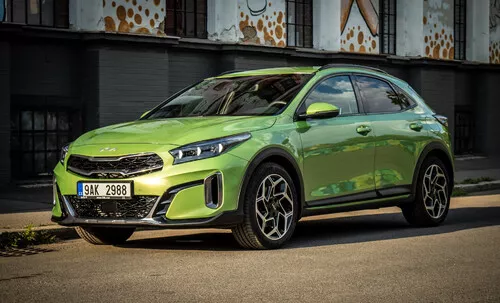Comparison: Turning circle Suzuki Ignis vs. competitors 2025
The Suzuki Ignis, especially renowned for its compact form and city-friendly maneuverability, offers a noteworthy turning circle in its current model. The latest iteration, the 3rd Generation Facelift from 2020 onward, boasts a turning circle of 9.40 meters. This impressive agility feature significantly facilitates navigating tight urban environments and cramped parking spaces. This makes it a prime contender among compact cars designed for urban dynamics. The relatively small turning circle might seem a trivial detail, but anyone who has had to perform frequent U-turns in congested streets or navigate into snug parking spots can attest to the sheer joy it brings.
Table of contents:
Suzuki Ignis - How has the turning circle changed over the generations?
Over its different generations, the Ignis has seen evolution in its design and performance, including the turning circle. The first two generations, from 2000-2005 and 2003-2008, respectively, don't provide specific data on the turning circle, making it difficult to compare directly. However, with the introduction of the 3rd Generation in 2017, the turning circle was standardized at 9.40 meters. This consistency was maintained in the facelift of the same generation (2020-now), highlighting Suzuki's commitment to optimizing a practical turning capability while possibly refining other dimensions of the vehicle for enhanced performance and comfort.
The difference in Turning circle between first generation (1.Generation) from 2000 and last generation (Ignis 3.Generation (1. Facelift)) from 2020 is 9 m.
The turning circle of the current generation of Ignis is 9 m.
The turning circle compared to other Suzuki models
Within Suzuki’s lineup, the Ignis leads the pack in terms of a tight turning circle. Compared to its siblings, the Suzuki Swift and Suzuki Jimny, with respective turning circles of 9.60 meters and 9.80 meters, the Ignis offers a slightly nimbler maneuverability. The more sporty Swift Sport, requiring a more substantial 10.20 meters for a full circle, further emphasizes the Ignis's superior agility in urban settings. Even the bulkier Suzuki Vitara and S-Cross models, with their respective turning circles of 10.40 meters and 10.80 meters, can't match the Ignis's prowess in weaving through the labyrinth of city streets. This detailed comparison within its own brand's lineup underscores the Ignis's standout performance in urban maneuverability.
How does the turning circle of the Suzuki Ignis compare to it's nearest competitors?
Now, let’s kick this comparison into high gear and see how the Ignis stacks up against its market rivals. The Volkswagen T-Cross, for instance, with a 10.60-meter turning circle, feels like trying to rotate a cruise ship in a bathtub compared to the Ignis’s slick maneuverability. The Ford B-MAX and the Citroen DS 3 both also require 10.50 meters, putting them a bit behind in the nimbleness race. Even the Mitsubishi Space Star, with a 9.60-meter turn circle, doesn't quite cut as sharp as the Ignis. Highlighting the relative agility, the Mazda Demio, boasting a turning circle of only 9.20 meters, edges out as slightly more sprightly than the Ignis, though the Ignis’s overall compactness and well-balanced wheelbase make it a more versatile option for some. In contrast, the much lengthier and heavier rivals like Hyundai Kona and Nissan Qashqai, with turning circles around 10.60 meters, only reaffirm the Ignis's edge in darting through tight bends and compact spaces. These insights vividly paint a picture of the Suzuki Ignis’s exceptional urban agility, making it a frontrunner among its peers for city driving ventures.
Suzuki Ignis vs. similar cars
-
 Suzuki Ignis 2020
9 m
Suzuki Ignis 2020
9 m
-
Hyundai Kona 2017 10 m
-
 SsangYong XLV 2016
10 m
SsangYong XLV 2016
10 m
-
KIA Stonic 2017 10 m
-
SEAT Arona 2021 10 m
-
Dacia Duster 2024 10 m
-
 VW Taigo 2021
10 m
VW Taigo 2021
10 m
-
Hyundai Bayon 2024 10 m
-
KIA XCeed 2022 10 m
-
 VW T-Cross 2024
10 m
VW T-Cross 2024
10 m
-
Skoda Kamiq 2024 10 m
-
 Jeep Avenger 2023
10 m
Jeep Avenger 2023
10 m
-
 Mazda CX-30 2019
10 m
Mazda CX-30 2019
10 m
-
 Suzuki S-Cross 2022
10 m
Suzuki S-Cross 2022
10 m
-
Citroen C5 Aircross 2022 10 m
-
Skoda Yeti 2009 10 m
-
Renault Captur 2013 10 m
-
Opel Mokka 2012 10 m
-
 Chevrolet Trax 2013
10 m
Chevrolet Trax 2013
10 m
-
Ford EcoSport 2014 10 m
-
 Mazda Tribute 2000
10 m
Mazda Tribute 2000
10 m
-
 MG ZS 2021
11 m
MG ZS 2021
11 m
-
Opel Crossland 2017 11 m
-
 Jeep Renegade 2018
11 m
Jeep Renegade 2018
11 m
-
 Mitsubishi ASX 2024
11 m
Mitsubishi ASX 2024
11 m
-
 VW T-Roc 2022
11 m
VW T-Roc 2022
11 m
-
Volvo XC40 2022 11 m
-
Toyota Urban Cruiser 2009 11 m
-
 Mazda CX-3 2015
11 m
Mazda CX-3 2015
11 m
Similar cars
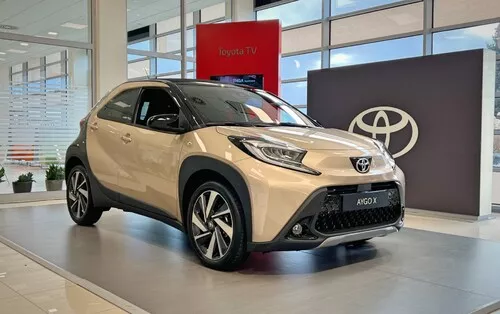
2022
• AB7
Body type
SUV
Length
3700 mm
Width
1740 mm
Height
1510 mm
Wheelbase
2430 mm
Boot capacity
231 l
Weight
1015 kg
Doors
5
Turning circle
9 m
(0%)
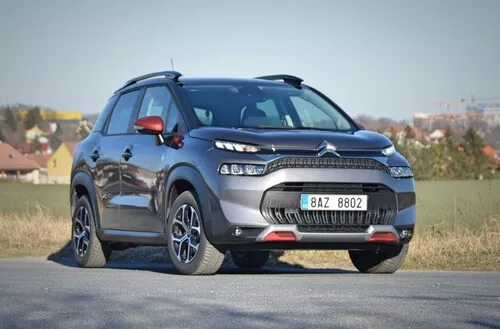
2024
• C
Body type
SUV
Length
4395 mm
Width
1795 mm
Height
1660 mm
Wheelbase
2670 mm
Boot capacity
460 l
Weight
1373 kg
Doors
5
Turning circle
0 m
(-100%)
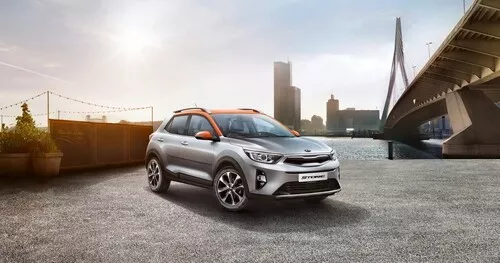
2017
• YB
Body type
SUV
Length
4140 mm
Width
1760 mm
Height
1505 mm
Wheelbase
2580 mm
Boot capacity
352 l
Weight
1145 kg
Doors
5
Turning circle
10 m
(+11%)
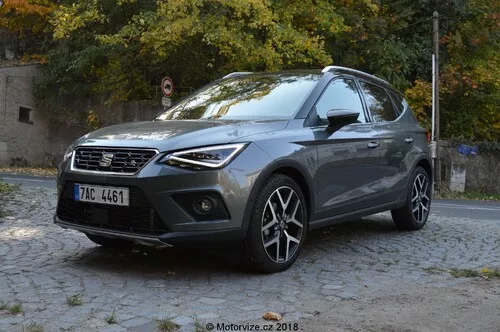
2021
• KJ
Body type
SUV
Length
4153 mm
Width
1780 mm
Height
1537 mm
Wheelbase
2566 mm
Boot capacity
400 l
Weight
1188 kg
Doors
5
Turning circle
10 m
(+11%)
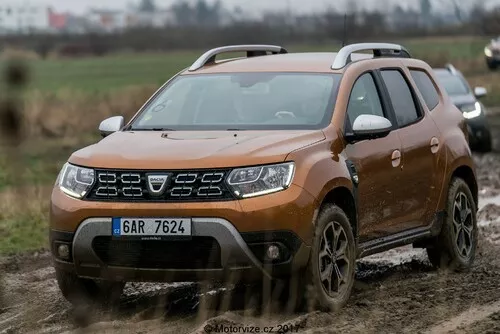
2024
• DJF
Body type
SUV
Length
4343 mm
Width
1813 mm
Height
1656 mm
Wheelbase
2657 mm
Boot capacity
517 l
Weight
1379 kg
Doors
5
Turning circle
10 m
(+11%)

2020
• 5FP
Body type
SUV
Length
4381 mm
Width
1841 mm
Height
1601 mm
Wheelbase
2638 mm
Boot capacity
510 l
Weight
1345 kg
Doors
5
Turning circle
10 m
(+11%)
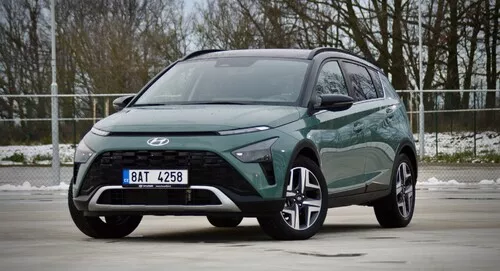
2024
• BC3
Body type
SUV
Length
4180 mm
Width
1775 mm
Height
1500 mm
Wheelbase
2580 mm
Boot capacity
411 l
Weight
1170 kg
Doors
5
Turning circle
10 m
(+11%)
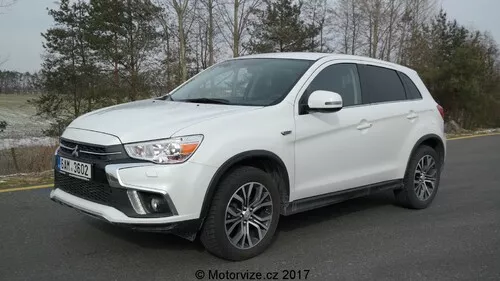
2024
• RJB
Body type
SUV
Length
4239 mm
Width
1797 mm
Height
1575 mm
Wheelbase
2639 mm
Boot capacity
484 l
Weight
1296 kg
Doors
5
Turning circle
11 m
(+22%)
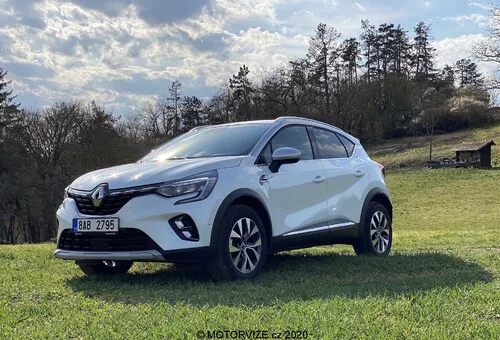
2024
• RJB
Body type
SUV
Length
4239 mm
Width
1797 mm
Height
1575 mm
Wheelbase
2639 mm
Boot capacity
422 l
Weight
1293 kg
Doors
5
Turning circle
11 m
(+22%)
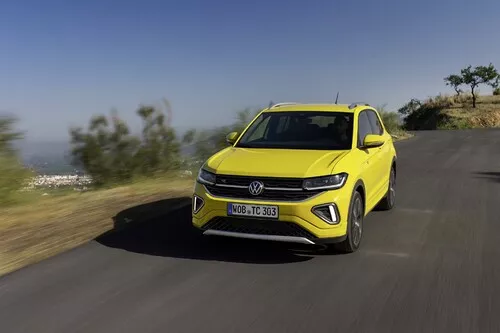
2024
• C1
Body type
SUV
Length
4127 mm
Width
1784 mm
Height
1573 mm
Wheelbase
2551 mm
Boot capacity
455 l
Weight
1267 kg
Doors
5
Turning circle
10 m
(+11%)
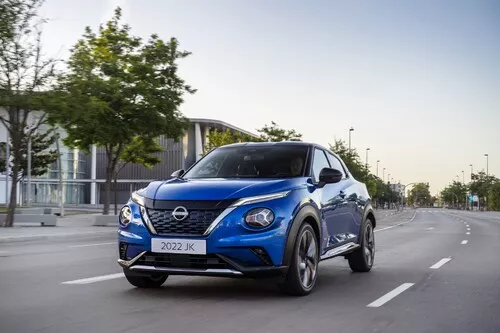
Body type
SUV
Length
4210 mm
Width
1800 mm
Height
1593 mm
Wheelbase
2636 mm
Boot capacity
422 l
Weight
1274 kg
Doors
5
Turning circle
10 m
(+11%)
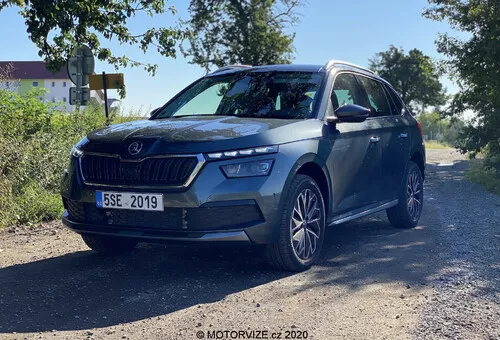
2024
• NW
Body type
SUV
Length
4241 mm
Width
1793 mm
Height
1562 mm
Wheelbase
2651 mm
Boot capacity
400 l
Weight
1223 kg
Doors
5
Turning circle
10 m
(+11%)
Compare with ...
Find the Perfect Match
Compare your car with other models
